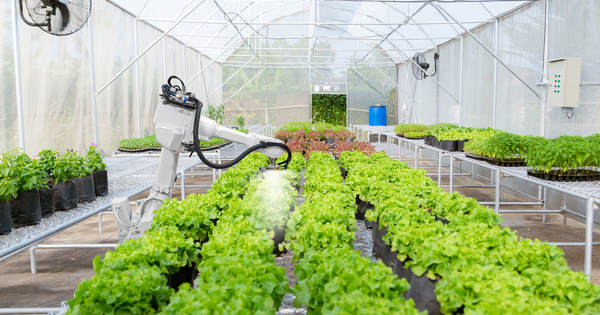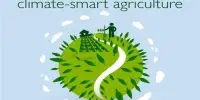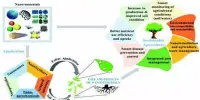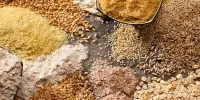Smart farming platforms have proven to be useful tools for increasing crop yields while reducing pollution. To optimise farming practises and achieve sustainable agriculture, these platforms integrate advanced technologies such as the Internet of Things (IoT), artificial intelligence (AI), and data analytics.
A new farming system developed by researchers at The University of Texas at Austin aims to solve one of modern agriculture’s most serious problems: the overuse of fertilisers to boost crop yields and the resulting chemical runoff that pollutes the world’s air and water.
The smart farming system employs a copper-based hydrogel that captures excess nitrate waste from fertiliser runoff and converts it into ammonia, a key component in fertilisers, which can then be reused. In tests, the system was able to match or exceed traditional crop yields while minimising environmental impacts.
“We designed this system and demonstrated that it can grow the same or more crops without overusing nitrogen, which can contaminate groundwater and contribute to harmful greenhouse gas emissions,” said Guihua Yu, a materials science professor in the Cockrell School of Engineering’s Walker Department of Mechanical Engineering and Texas Materials Institute.
We designed this system and demonstrated that it can grow the same or more crops without overusing nitrogen, which can contaminate groundwater and contribute to harmful greenhouse gas emissions.
Guihua Yu
The smart farming system (SSFS) produced wheat and rice plants that grew taller with bigger leaves, compared with other methods, with less nitrogen runoff.
The study, which was published in the Proceedings of the National Academy of Sciences, demonstrates that the copper-based gel film not only generates ammonia from nitrate waste but also detects nitrogen levels in the soil. This detection capability aids in determining the best time to drain nitrate from the soil to convert to ammonia, preventing it from escaping and contaminating the surrounding environment. Nitrate is a nitrogen compound that is essential for plant growth but can be a pollutant.
The researchers collaborated with agricultural experts as part of the project to compare their work to traditional farming methods. When compared to other methods, the smart farming system resulted in taller wheat and rice plants with larger leaves and less nitrogen runoff.
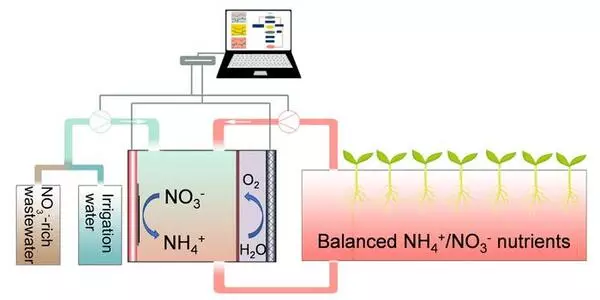
Aside from the environmental consequences, excessive nitrogen fertiliser use can stunt crop growth, defeating the purpose of improving production. This new technology improves crop growth by allowing plants to take in and use nitrogen more efficiently by simultaneously producing ammonia and monitoring nitrogen levels.
Smart farming is a growing research field. World leaders are debating how to produce enough food for a global population that is expected to grow by more than 2 billion people by 2050, despite limited land availability and the need to reduce harmful emissions.
Farming isn’t the only industry that creates significant nitrogen pollution. Industrial and municipal wastewater often features high levels of nitrate because of production of electronics, food processing, textile manufacturing and more.
“We need to feed our growing population, but we also need to protect our water and air,” Yu explained. “Finding ways to capture and recycle nitrate-heavy wastewater could have far-reaching implications.”
Yu and his team’s previous agricultural breakthroughs include the development of self-watering soil and an innovative method of producing urea, another key component in fertilisers. The next step for the researchers will be to incorporate artificial intelligence into this farming platform. By doing so, they hope to broaden the range of crops they can work with and scale up fertilising operations.
